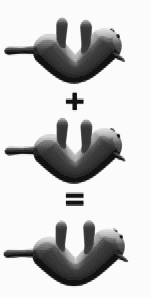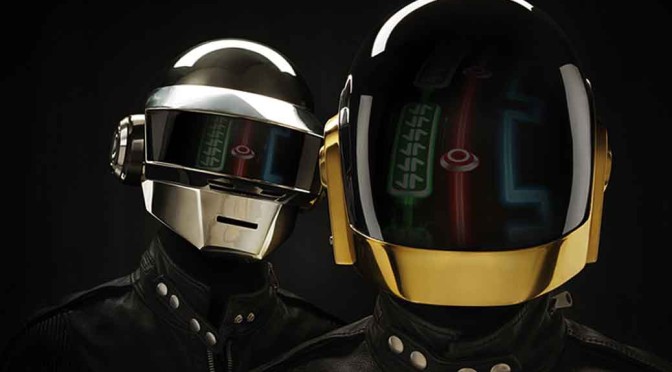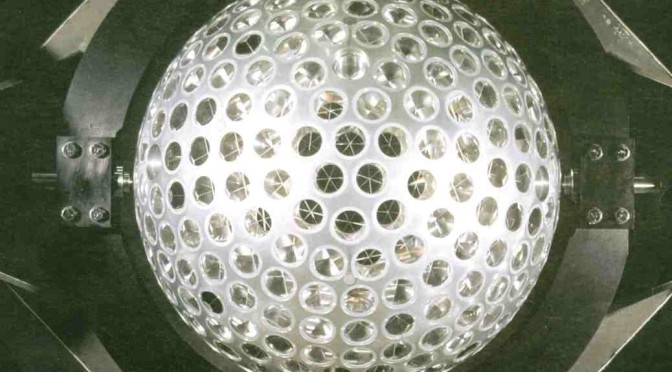By Anupum Pant
Cat’s righting reflex
 Thanks to the Vestibular righting reflex, animals like cats are able to land on their feet after a fall. This is great because it helps them avoid injury. In fact, it helps them avoid injuries in a very counter-intuitive manner.
Thanks to the Vestibular righting reflex, animals like cats are able to land on their feet after a fall. This is great because it helps them avoid injury. In fact, it helps them avoid injuries in a very counter-intuitive manner.
In a study done in the year 1987, researchers found that cats falling from 6 storeys or less usually have greater injuries than cats falling from places higher than 6 storeys. There have been cats who have survived a fall from as high as 32 storeys. It’s so absurd, I had to mention that.
Also cats have been often found falling from high rise buildings due to a phenomenon known as the high-rise syndrome. This happens because cats mostly have a natural attraction towards high places, often get distracted by a prey and fall.
Cats In Space?
All said, there’s no doubt that cats can right themselves pretty well. But to do it, they need to have a sense of what is up and what is down. That sense, of course comes from gravity. What happens to them in micro gravity? A little kid asked me that and I had no answer. Who would have tested that, I thought.
So I checked. To my surprise, cats-in-zero-gravity-tests (simulated weightlessness) have actually been done previously by the USAF medical division and Russian cosmonaut training centre. Here’s an interesting old video of how cat’s natural reflex to right itself by spinning longitudinally fails in a simulated zero-G environment. The video also has confused pigeons flying upside down in zero-G. The whole film can be seen here.
Through experimentation it has been found that when it comes to animals in space, there are three different kinds of behaviours seen among various animals.
The first ones are the kind of animals who freeze in zero-G and wait for the weightlessness to go away. There are others, like cats and pigeons, who start moving about madly, trying to figure out which side is up. In fact, pigeons in zero-G have been seen flying upside down too. And the third ones are who stay calm and find the best way to move around.
Geckos have been seen to take on a free-falling stance in zero-G. Fish and fruit flies are some of the creatures who can deal with zero-G very well.
And if you wish to see some long slender legs before you go, here is a video of frogs in space. The video also talks about aliens entering the earth – tadpoles born outside the earth were brought back. Technically they were aliens and they entered earth!






